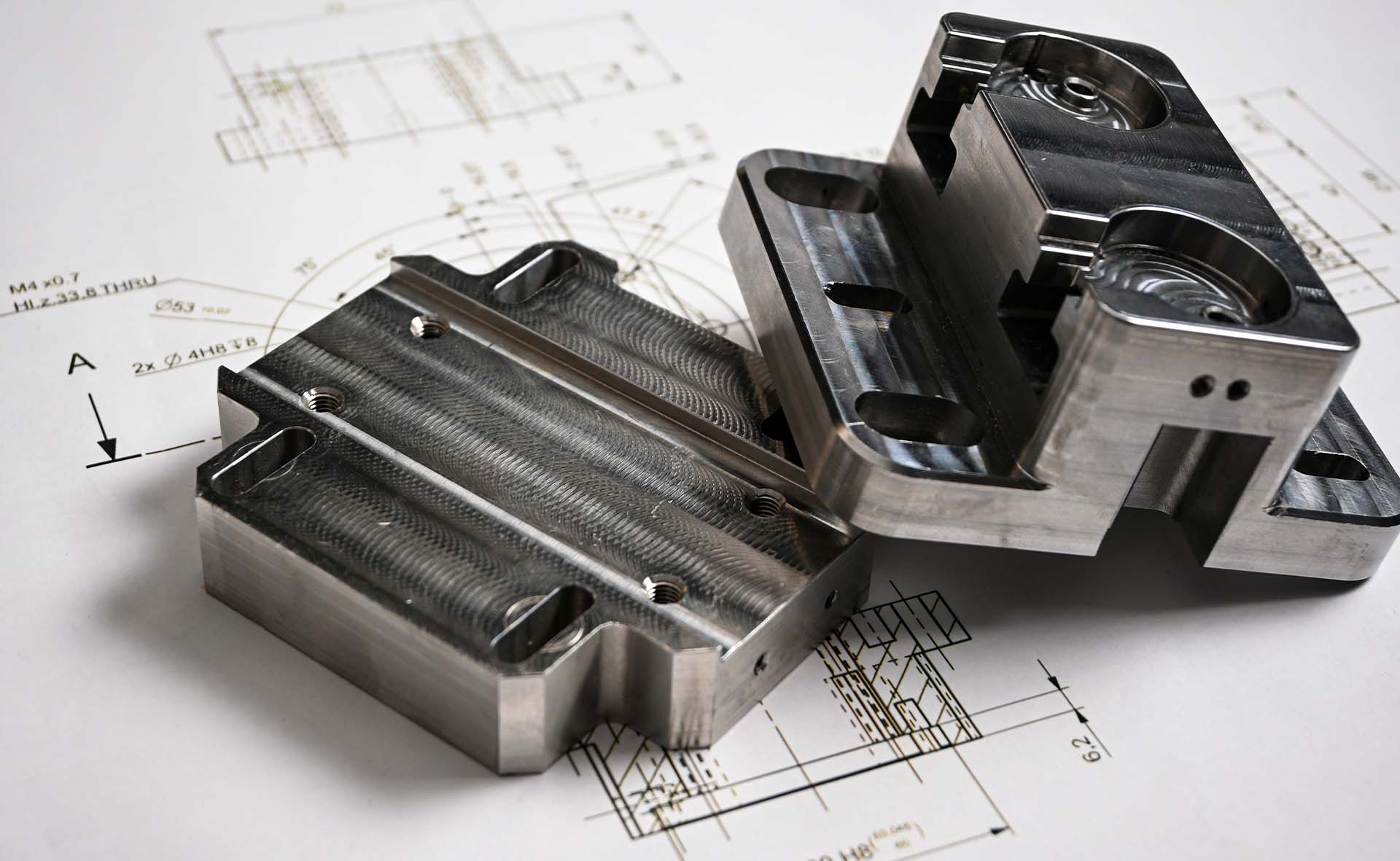‘Tooling’ plays a crucial role in many manufacturing processes, especially in the injection moulding process. The mould tool is essential for efficiently producing multiple copies of a part, precisely and consistently. To achieve high-quality, reliable parts, it’s essential to have a clear understanding of which tooling process best aligns with the specific part and production requirements. There are two main tooling categories to consider: soft tooling and hard tooling.

Soft tooling is a tooling method used for producing prototypes and low-to-mid volume production runs. It is ideal for projects that require functional, yet simple products with a smooth finish, either as a step before scaling up to mass production or for niche markets that demand only a few thousand parts. Some common soft tooling techniques include:
The materials used in soft tooling are cheaper and easier to work with, making the initial tooling investment much more affordable and resulting in faster turnaround times. The downside is that these materials are generally less durable and robust, which limits tool life, and the tooling itself is less precise, especially when producing complex geometries, compared to hard tooling.
Some of the most popular use cases for soft moulding include:

Hard tooling is a method often used for plastic injection moulding. Hard tools are typically made from durable steel materials, which offer a much longer tool life, making them suitable for high-volume production runs of a final product — and generally not used for prototyping, as they can be very costly and time-consuming. Some popular hard steel tooling materials include H13, S136, M2, and A2 tool steel, which can last from several hundred thousand to several million shots.
Instances where hard tooling is required:
To summarise, here are the main takeaways when comparing soft tooling and hard tooling:
‘Tooling’ plays a crucial role in many manufacturing processes, especially in the injection moulding process. The mould tool is essential for efficiently producing multiple copies of a part, precisely and consistently. To achieve high-quality, reliable parts, it’s essential to have a clear understanding of which tooling process best aligns with the specific part and production requirements. There are two main tooling categories to consider: soft tooling and hard tooling.

Soft tooling is a tooling method used for producing prototypes and low-to-mid volume production runs. It is ideal for projects that require functional, yet simple products with a smooth finish, either as a step before scaling up to mass production or for niche markets that demand only a few thousand parts. Some common soft tooling techniques include:
The materials used in soft tooling are cheaper and easier to work with, making the initial tooling investment much more affordable and resulting in faster turnaround times. The downside is that these materials are generally less durable and robust, which limits tool life, and the tooling itself is less precise, especially when producing complex geometries, compared to hard tooling.
Some of the most popular use cases for soft moulding include:

Hard tooling is a method often used for plastic injection moulding. Hard tools are typically made from durable steel materials, which offer a much longer tool life, making them suitable for high-volume production runs of a final product — and generally not used for prototyping, as they can be very costly and time-consuming. Some popular hard steel tooling materials include H13, S136, M2, and A2 tool steel, which can last from several hundred thousand to several million shots.
Instances where hard tooling is required:
To summarise, here are the main takeaways when comparing soft tooling and hard tooling:

Send your CAD design and our team will get back with a quote
By asking yourself the questions below, you’ll be able to narrow down your options.
At HLH, we make prototype tooling, bridge tooling and production tooling in-house for simple to complex injection moulding projects. We also have capabilities in vacuum casting, CNC machining, 3D printing, die casting and more high-quality solutions for your custom part production project.
To start your next project, simply send your CAD design to our website contact form, and our engineering team will get back with a quote.
